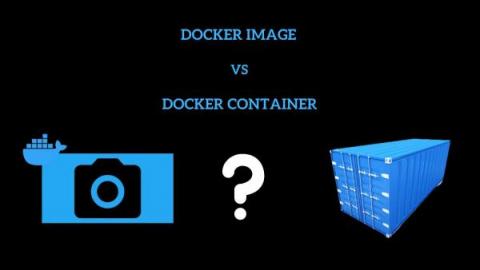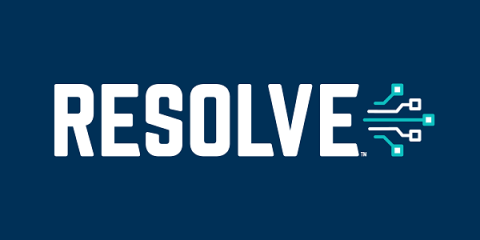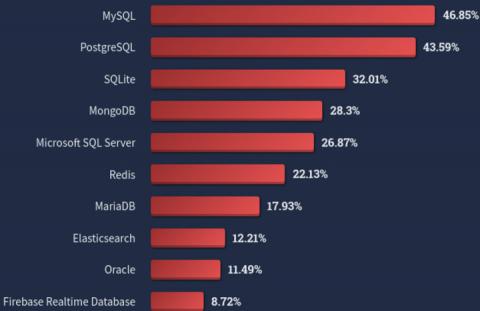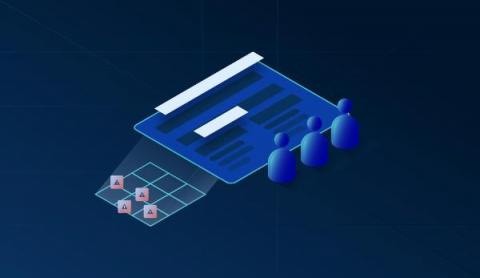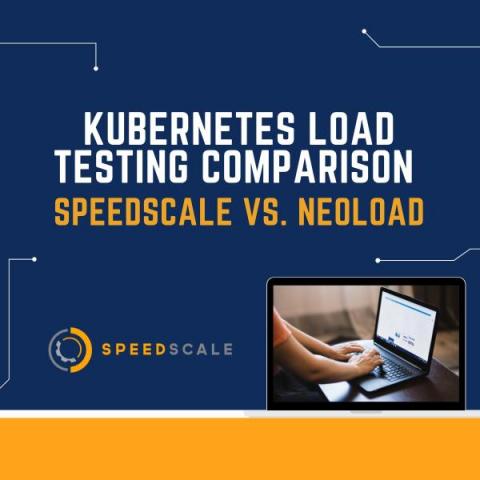Difference between Docker Image & Docker Container
A Docker image is a combination of instructions and for creating a docker container a instruction is used to execute code in a Docker container. Docker images work as a set of instructions to build and run a Docker container, as a template. Docker images also perform as the initial point when using Docker. A Docker image contains read-only files. when a docker image is created it can not be changed and modified, insert template that has instructions for deploying containers.


